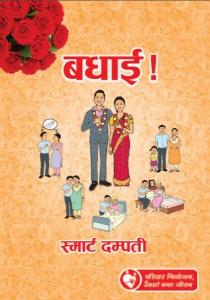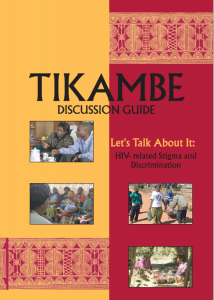Most Significant Change Booklet
Suaahara was a five year (2011-2016) project funded by USAID aimed to improve the nutritional status of women and children in 41 districts of Nepal. The project focused on improving health and nutrition behaviors at the household level through promotion of Essential Nutrition and Hygiene Actions (EN/HA), particularly Maternal, Infant and Young Child Nutrition (MIYCN), and addressing other determinants of under-nutrition, such as availability of and access to food, hygiene, quality of health care, child spacing and socio-cultural factors including gender and marginalization.
The most significant change (MSC) is a participatory monitoring and evaluation methodology. It is participatory because project stakeholders are involved in both deciding the sorts of change to be recorded and in analyzing the data. It is a form of monitoring because it occurs throughout the program cycle and provides information to help people manage the program. It also contributes to evaluation as it provides data on impact and outcomes that can be used to help assess the performance of the program as a whole.
In Suaahara, the MSC provided information to program managers on: beneficiaries exposure to the program, outcome level changes in the form of stories, interventions that worked and data on outcomes level changes that occurred in the lives of beneficiaries.
Source: Johns Hopkins University Center for Communication Programs
Date of Publication: March 25, 2019
SIMILIAR RESOURCES
Tools
Examples
- Suaahara Training Guidelines and Participant Handbooks
- GESI Toolkit
- Maternal Newborn Child Health - Nutrition Quality Improvement Tools
- Suaahara Health Facility Operation and Management Committee Capacity Building Training and Operation Guidelines
- Birth Spacing and Family Welfare Sermons
- Family Planning Counselling Kit
- The HTSP Implementation Kit
- Accelerator Behaviors
- Reaching First-Time Parents and Young Married Women for Healthy Timing and Spacing of Pregnancies in Burkina Faso
- The Behavior Change Framework



